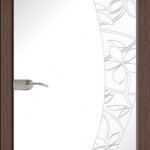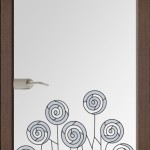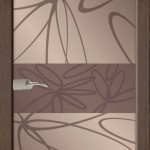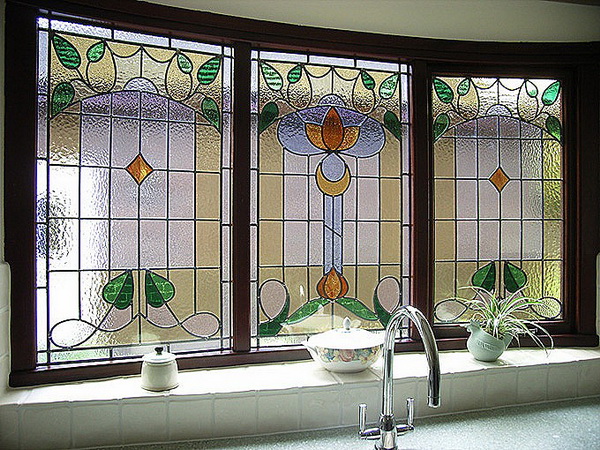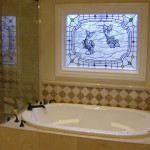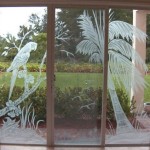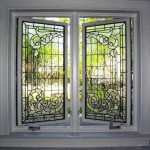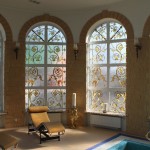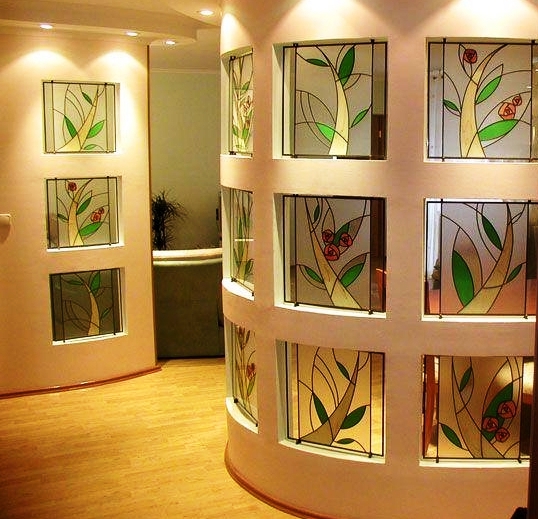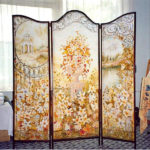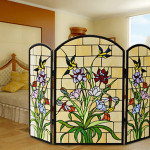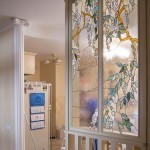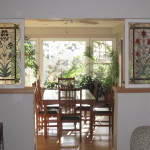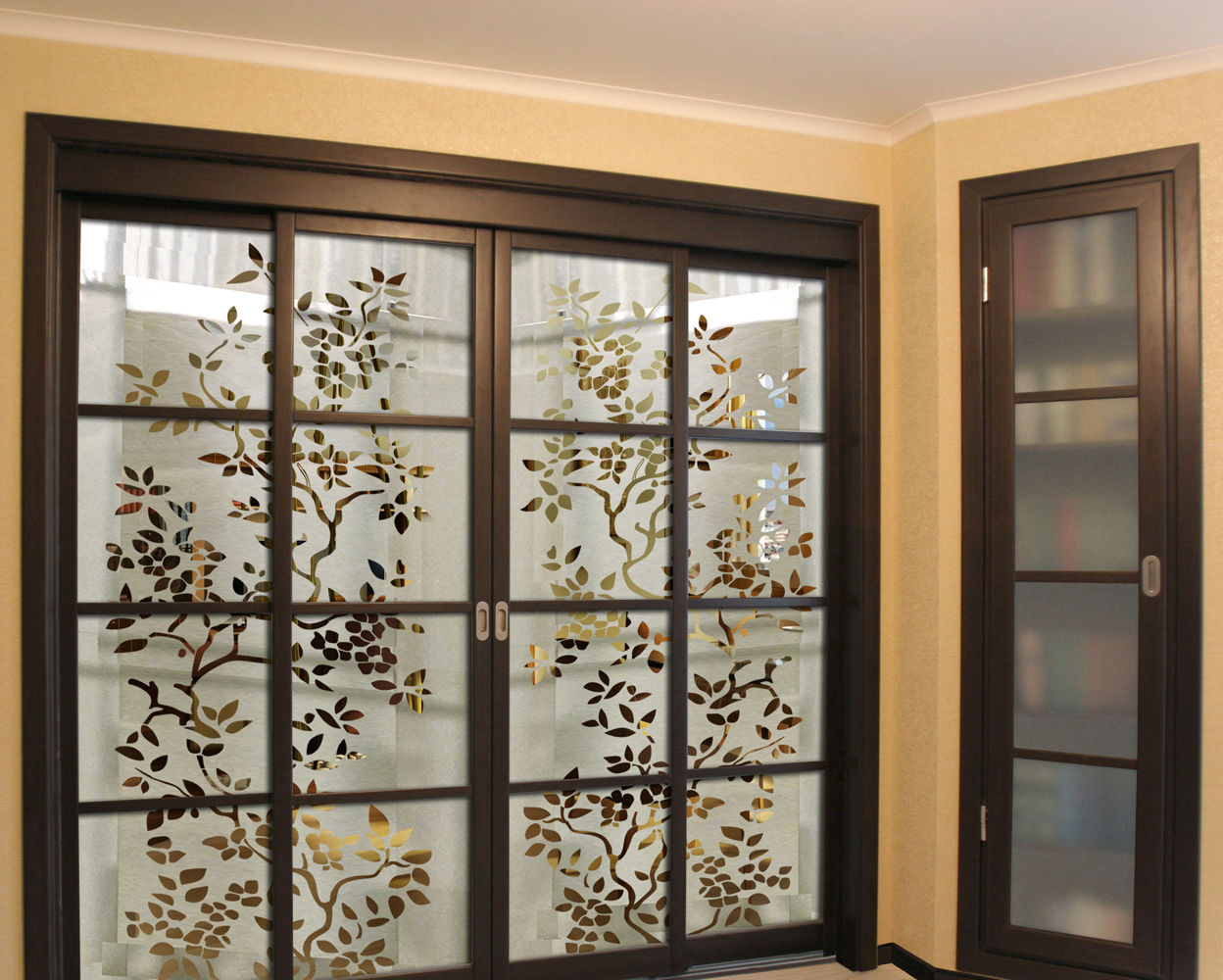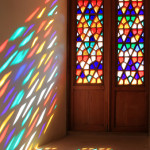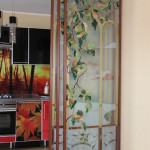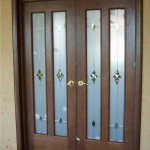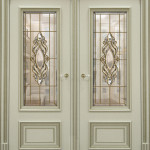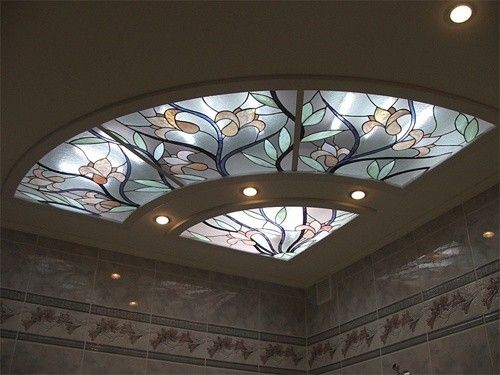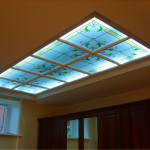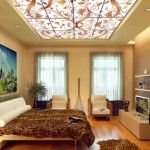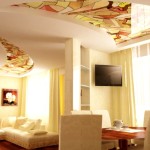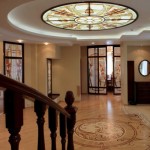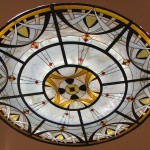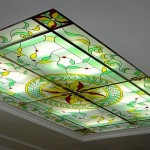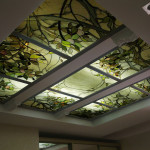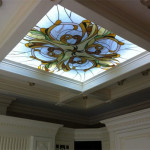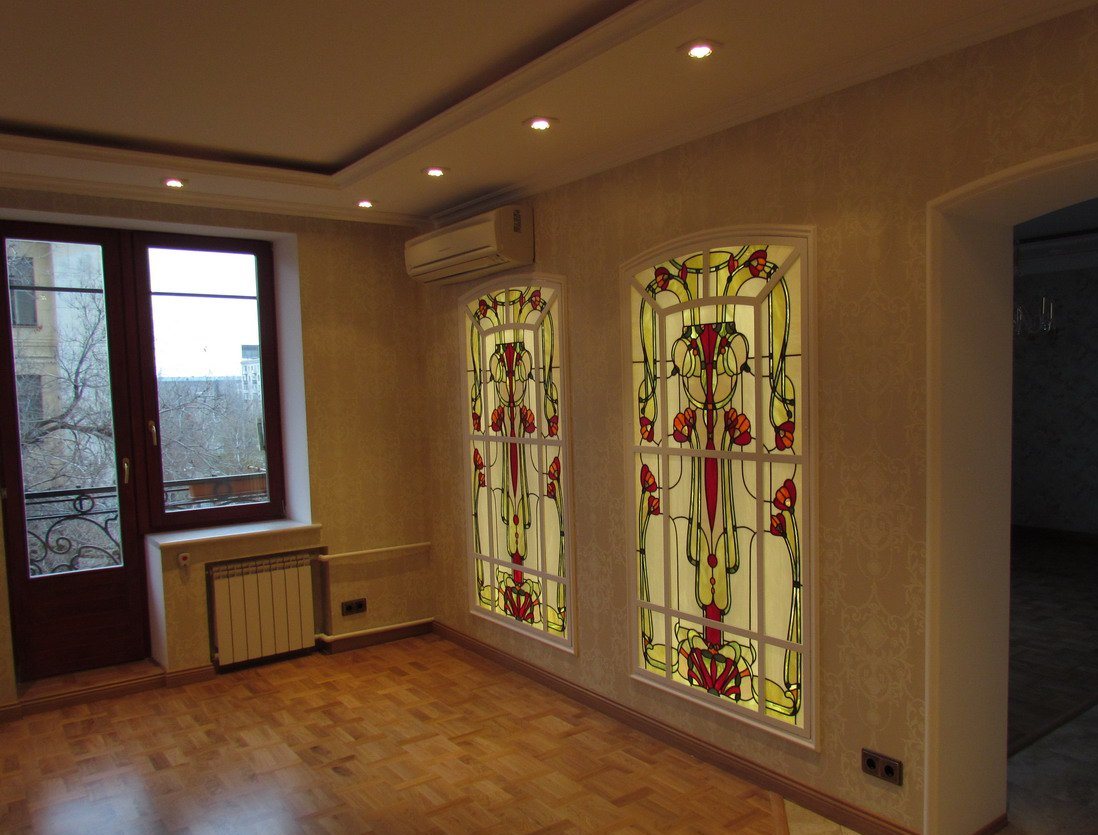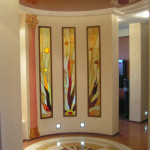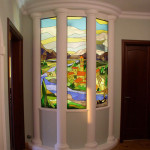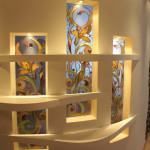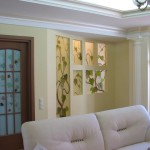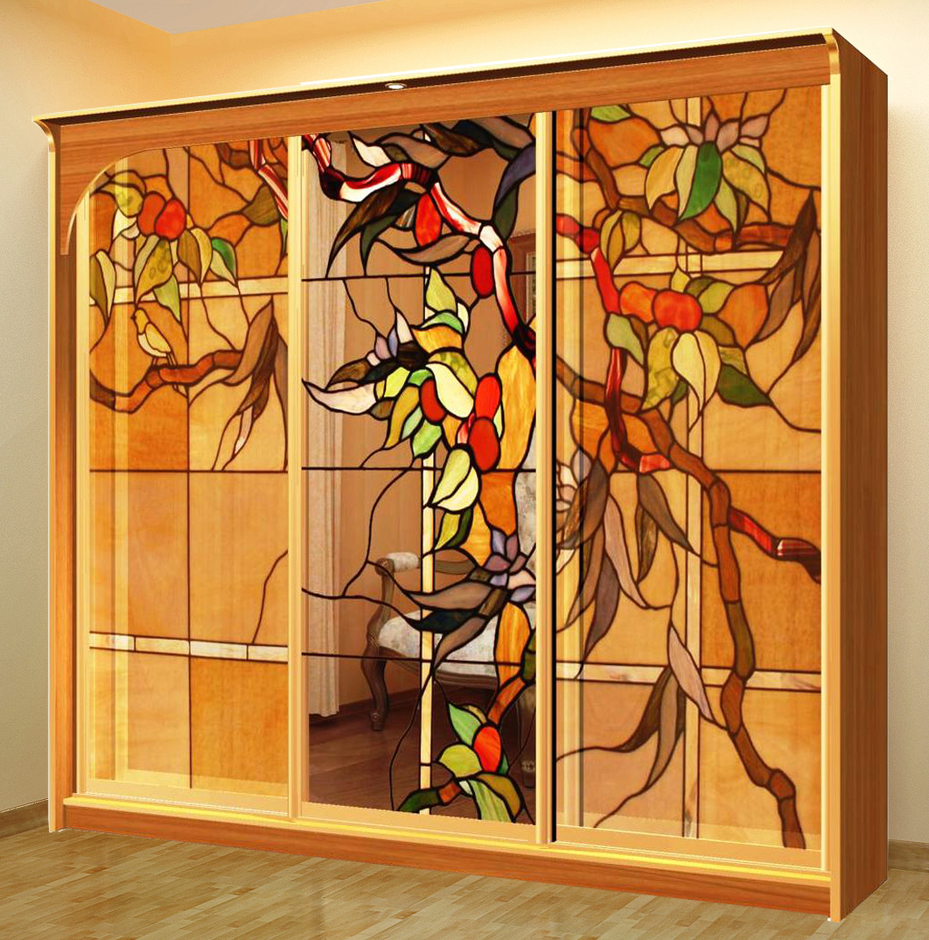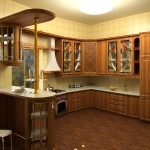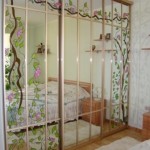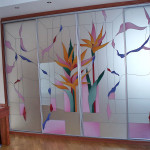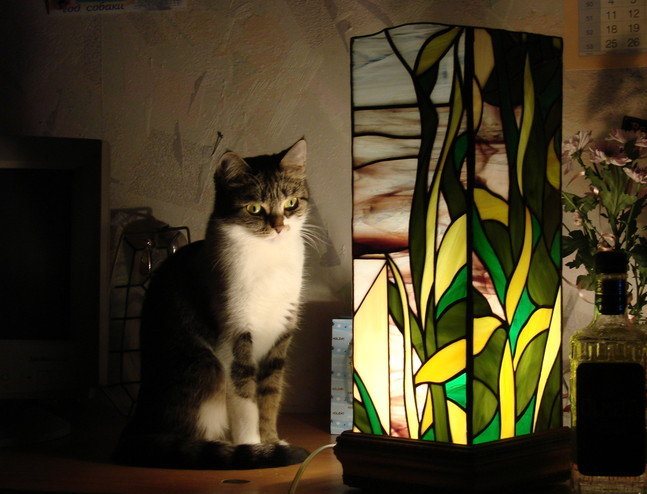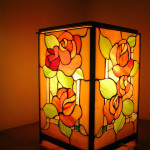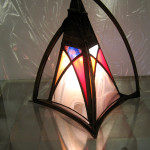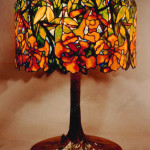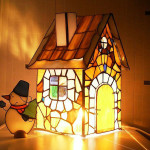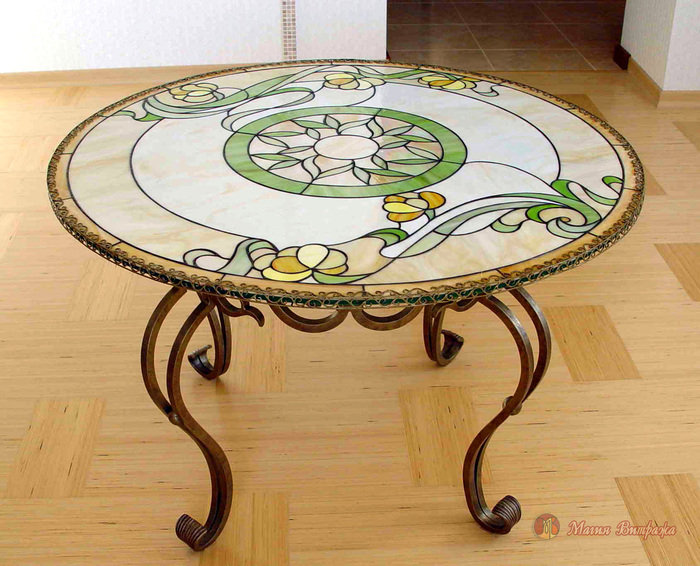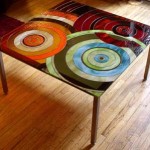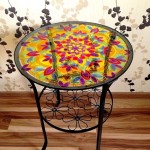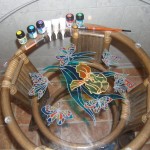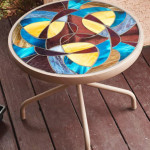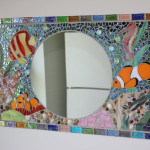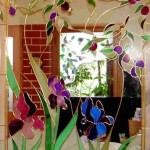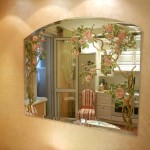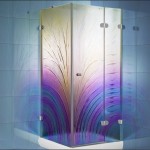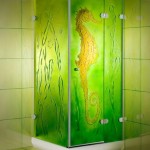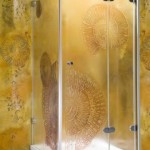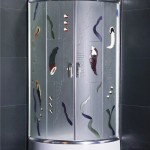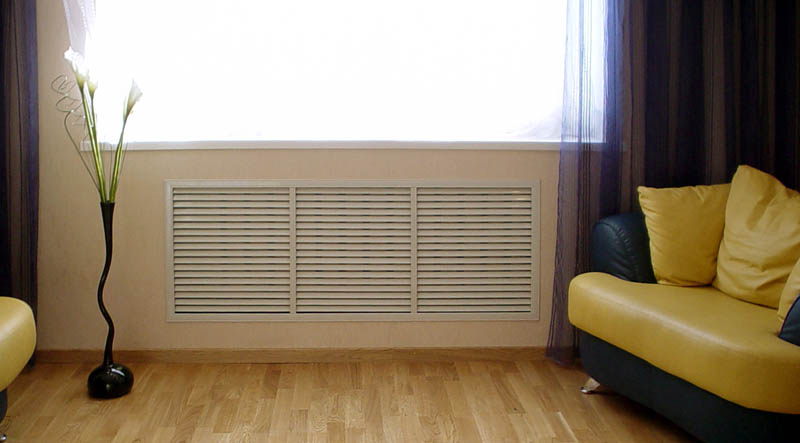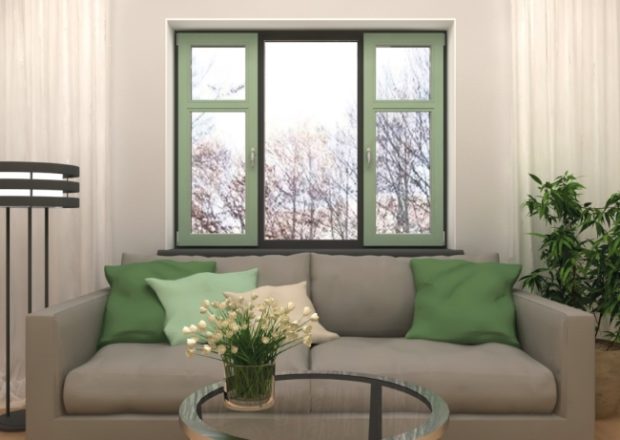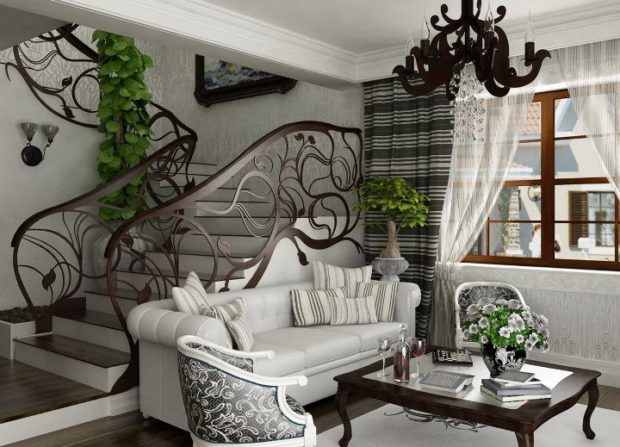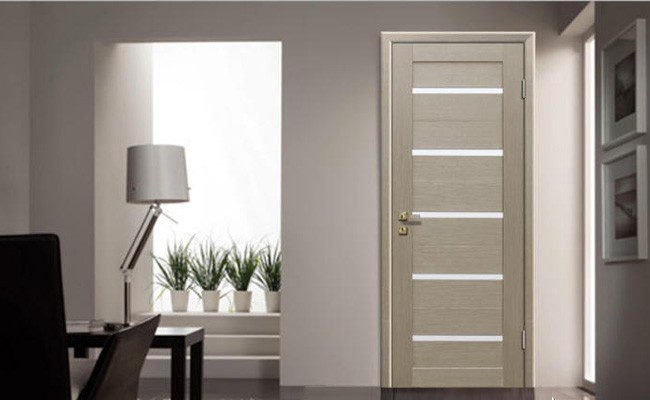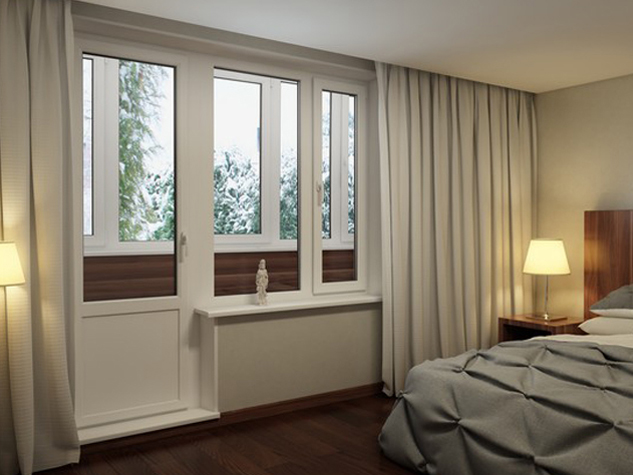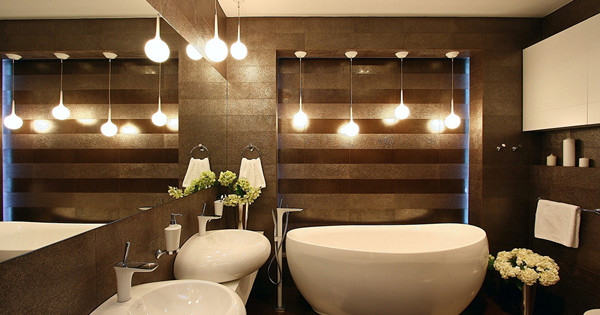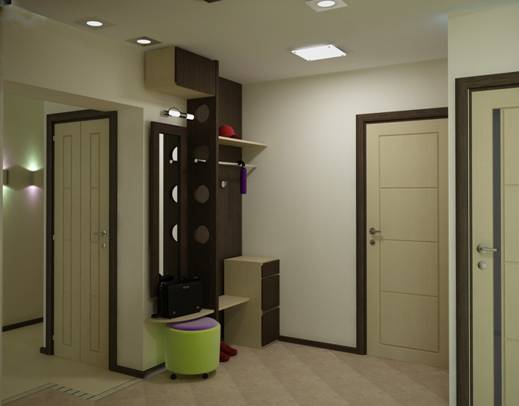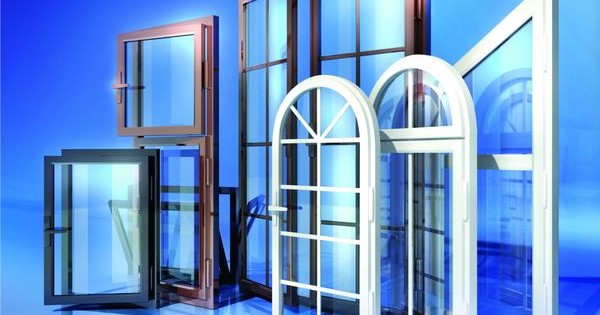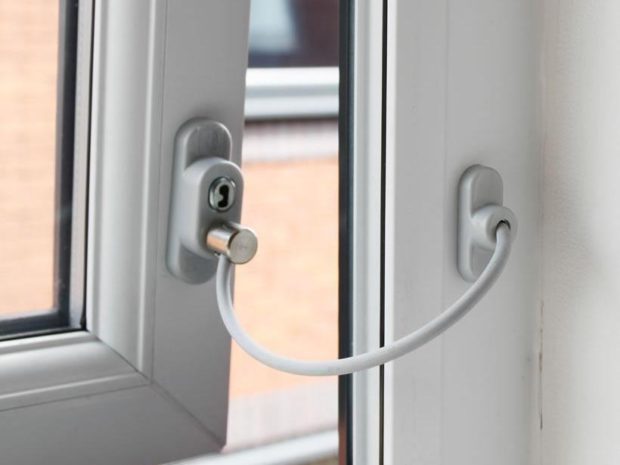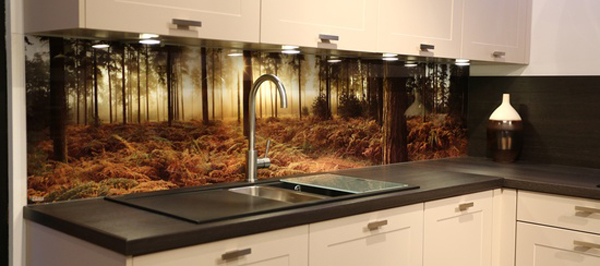11 tips for using stained glass in the interior + photo
Someone is sure that stained glass is a privilege of classic interiors, while others are not afraid to use it in modern directions of design. There can be no right or wrong opinion in this situation, and all because there are so many techniques for creating a stained-glass window and so many ways to use it that you can enter it into absolutely any apartment. Let’s try to debunk common myths that the stained-glass window is suitable only for the classic interior and can afford only very wealthy people. Disclose secrets of basic techniques and share interesting ideashow to use stained-glass windows in the interior of an apartment.
No. 1. Basic stained glass techniques
From cathedrals to aristocratic houses, the stained glass window migrated at the turn of the XIX-XX centuries, and since then the technique of creating glass paintings has developed so much that today anyone can afford such a decoration. The fact that the stained-glass window is suitable only for decorating classic interiors has long lost its relevance: with the advent of different techniques, and also taking into account the possibility of using different colors and patterns, the stained-glass window became a universal decor of any room. Moreover, he went beyond window decoration, and began to be actively used for decoration cabinets, doors, niches, ceilings and more. We turn from the words to the arguments: we will consider the basic techniques for creating stained-glass windows to make sure that there are both very complex and expensive ways to decorate an apartment, as well as simple and very budget ones.
Classic Lead Stained Glass
This technique can be called predecessor of all other methods. The stained-glass window, made in classical technology, is a combination of colored glasses, which are combined using a copper, brass or lead profile. The downside of technology is the inability to create smooth curved lines due to the stiffness of the profile. In this technique, stained-glass windows are made in many ancient cathedrals; for home conditions they are of little use. A variation of this method is the grisaille technique, which involves painting stained glass with tempera paints.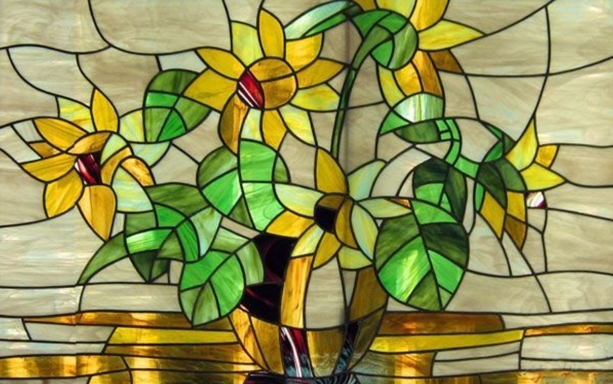
Stained Glass Tiffany
The classical stained-glass window with its rough metal bars was considered imperfect by L.K. Tiffany, creator of a fundamentally new technique for the manufacture of colored glass panels. The method he proposed at the end of the 19th century is still considered one of the best, and the stained-glass windows in the Tiffany technique are used most popular. They are made of individual glasses, cut according to the sketch and well turned. Each element is wrapped with an adhesive copper tape, and they are combined with lead-tin solder.
The technique allows the use of glass elements of any size and shape, so the result is real works of art. All work is done only by hand, so each such stained glass window becomes a unique author's work.Joints can be covered with a patina, due to which an aging effect is achieved. Such stained-glass windows can be used almost everywhere: windows, doors, niches, fixtures, etc.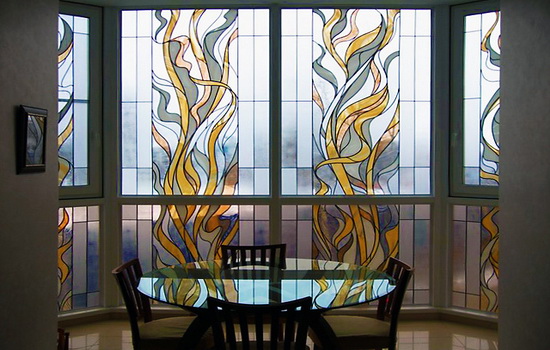
Stained glass window using fusing technique
The fusing technique allows you to create real paintings and stained glass, while doing this without metal seams (broaches). Creating a stained-glass window begins with the unfolding of colored glass elements of the required size and shade on the glass base according to the sketch. For fixation, colored glass can be glued to the base. The blank is placed in a fusing furnace, where, under the influence of high temperature, colored glasses sinter with each other and with the base. You can use soda to create original effects. Massive stained glass can be made using a second base glass, which closes the pattern on top to give greater strength. Ready stained glass can be use even in damp rooms. Since the technique is rather laborious, you cannot name the price of budget items. Such stained-glass windows can become decoration of the ceiling, lamps, mirrors, niches, etc.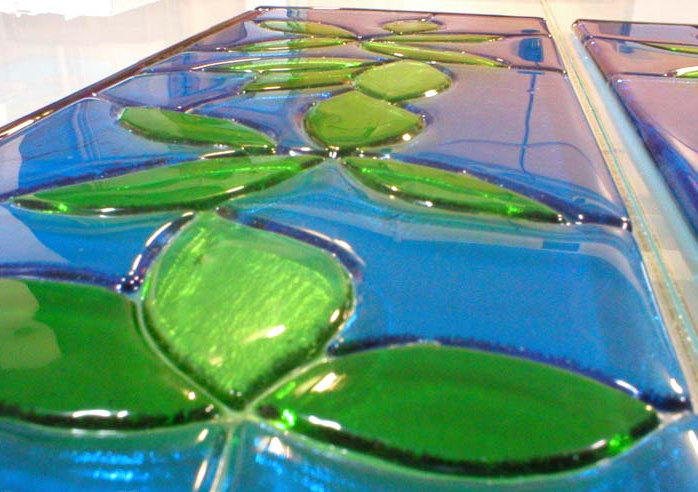
Sandblasted stained glass window
Stained-glass windows made by sandblasting technology are universal and can become a decoration absolutely any interior. The pattern on the glass is created by processing it with a powerful air-abrasive jet using a stencil; sand is used as an abrasive. As a result, you can get a matte pattern on a glossy surface or vice versa. Using sandblasting technology, it is possible to apply any pattern, pattern or even photograph to the glass, and you can even create 3D drawings using different processing depths in different areas. Embossed illumination allows you to create the effect of a three-dimensional image.
Also, when processing, you can use coloring pigments, getting a picture in color. The most difficult thing is to make a double-sided sandblasted stained-glass window, since the picture should perfectly match on both sides. Sandblasted stained glass excellent suitable for decorating cabinets, doors, screenmirrors.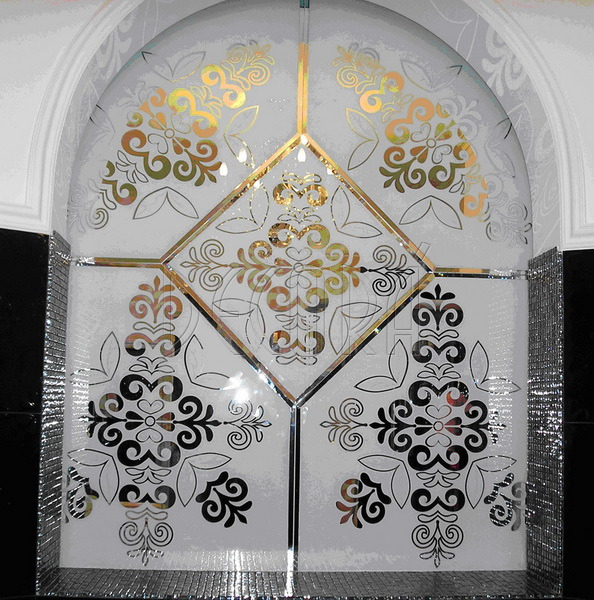
Frosting glass
Using frosting on glass, you can create a colorless pattern and even simulate frosty patterns. Matting is performed by coating individual sections of glass with a special paste based on hydrofluoric acid. The effect may resemble sandblasting. Such stained glass can be used in modern interiors, especially if straight lines or geometric shapes were used for the drawing.
Faceted stained glass window
The technology involves chamfering the glasses and their further connection with each other using a metal profile. By removing the edge, the glass begins to refract natural and artificial light in a special way, resembling gems game. A simplified way to create a faceted stained-glass window is by gluing special rhinestones to glass. Such stained-glass windows will suit mainly for classic interiors.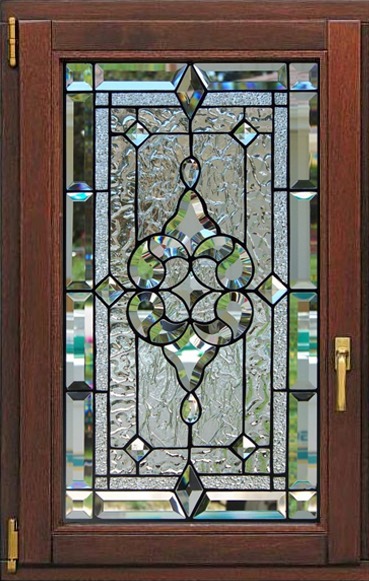
Painted stained glass window
Painted Stained Glass, also referred to as pseudo stained glassIt can easily be made by everyone independently and does not require artistic skills. it inexpensive and simple the way imitate a real stained glass painting, and you can decorate in this way anything: countertops, window, vases, lamps, etc. It will take only special paints and a little time. If there is no artist’s talent, then a stencil is placed under the glass, with the help of which painting is carried out. Can use silicate or acrylic paints: the second is even more convenient to use and allows you to achieve a denser texture. If you apply a contour to the elements of the picture, then the painting will most resemble a real stained glass window.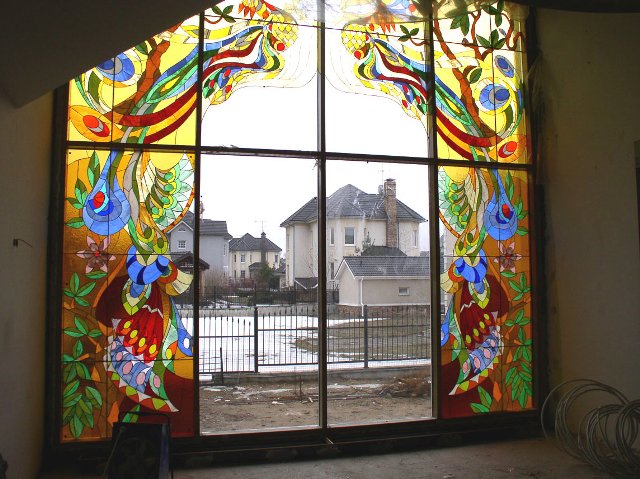
Film stained glass
A film stained glass window is one of the easiest ways to create an interesting decoration of an apartment. It will take a minimum of time and money, and the result will be amazing.On sale you can find a film with a finished picture that imitates pieces of colored glass. It remains only to clean the surface to be decorated, remove the protective layer from the film and gently stick it on the glass - no more difficult than fixing tint film. You can create stained-glass windows from mylar film on the basis of application: elements of the required size and shape are cut out of the roll and glued to the glass, you can use for decoration imitation broach. It is possible to decorate in a similar way as small decor items, as well as portions of the window, glass inserts interior doors etc.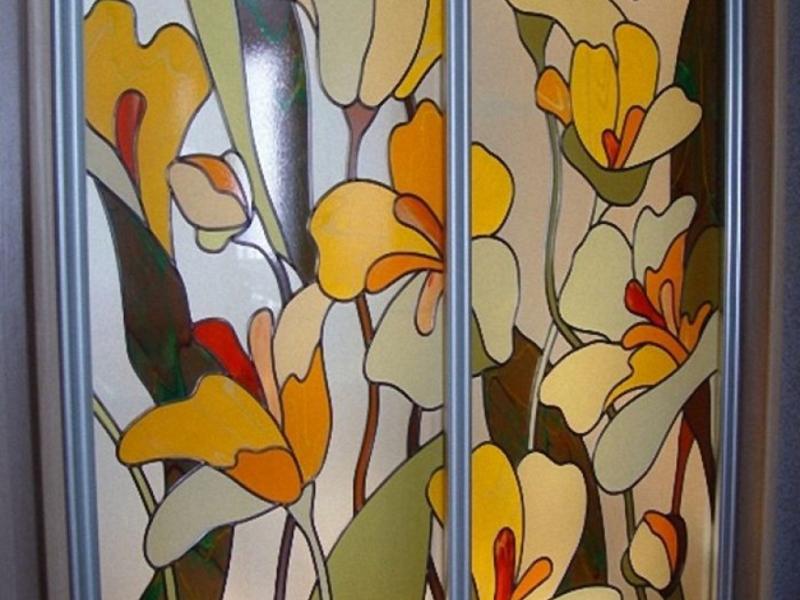
Jellied stained glass window
The stained-glass window is an excellent imitation of complex classical techniques. The method involves applying to the base of a special polymer circuit, which is similar to a broach, after which the resulting areas are filled with solvent-based paints. Similar stained glass windows can be performed manually or partially automated way. Great for decorating wardrobes, screens, niches, ceilings and more.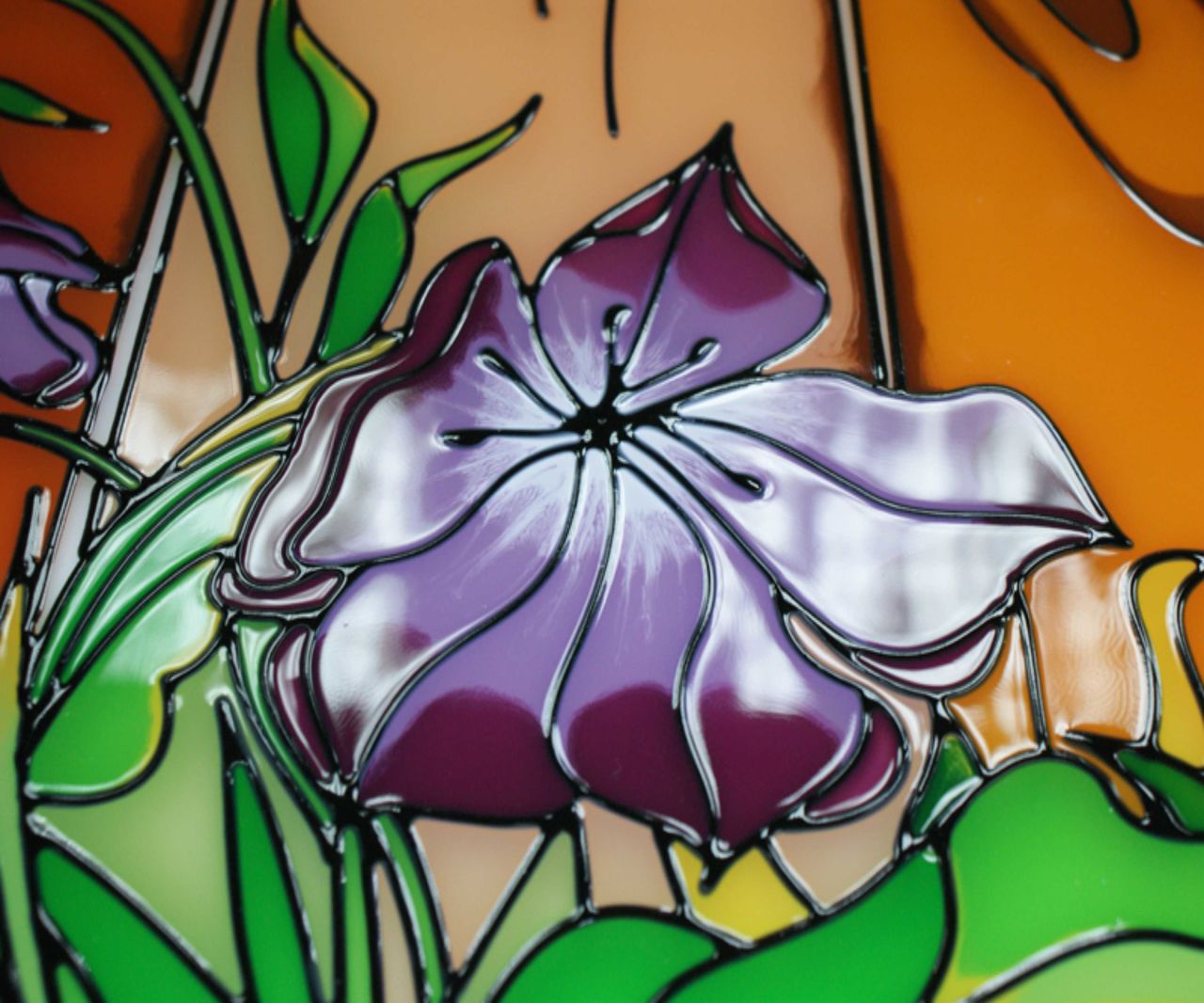
Stained Glass Collage
This technique is still little used in domestic spaces. It resembles the Tiffany technique, but individual pieces of glass are connected not by soldering, but thanks to the polymer fill. Such stained glass can be used in wet conditions and on the street.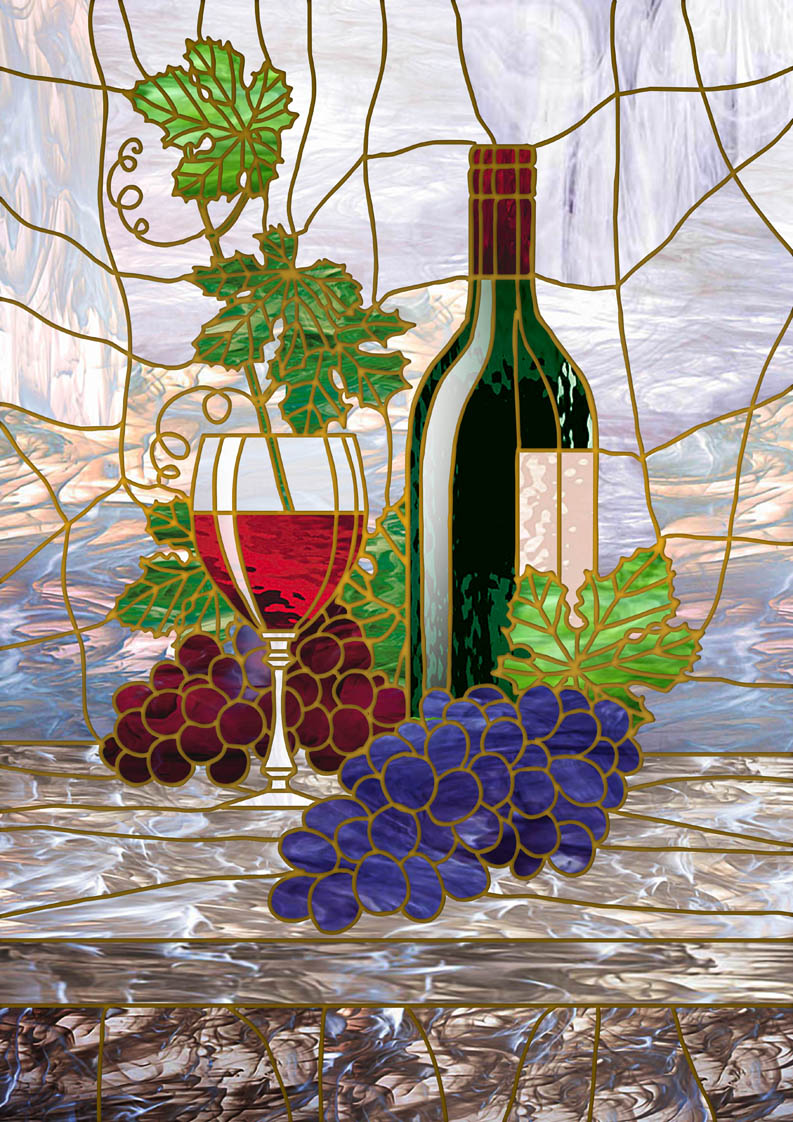
Combined Stained Glass
Several techniques can be combined in one stained-glass window, thanks to which you can get truly unique panels.
Stained glass can be used to decorate any item where there is a glass or mirror surface. Let us dwell on the most interesting options.
No. 2. Window stained glass
Most often, the stained-glass window is used specifically for decorating windows. Such a solution allows you to transform the interior, because sunlight will be refracted and give non-standard room lighting. If the windows face the north side, it is better to choose light colors for stained glass. Stained glass windows are best for bedrooms and other relaxation rooms.
The stained-glass window on the window can serve not only as a decor, but also become a purely practical solution when necessary hide the room from prying eyes strangers. That is why stained glass windows often become an ornament bathrooms. Some of them do not hide the best view from the window behind the stained-glass window.
No. 3. Stained glass window for decorating partitions and screens
Often zoning of space is performed using drywall partitions or screen. If they are decorated with a stained-glass window, then we get a stylish decoration of the room. The technique of stained glass is selected depending on the style of the interior, but using too transparent elements is not recommended.
Number 4. Stained glass doors
The stained glass window can occupy as the main part interior doorand serve only as a small insert. Stained glass doors will decorate the interior in a classic style. If the insert of the stained-glass window is large and sufficiently transparent, then the light can penetrate into neighboring rooms, without violating the insulation. Often, abstract patterns are used to decorate doorways in a bright color palette.
No. 5. Stained glass window on the ceiling
Ceiling stained-glass windows are increasingly used to decorate interiors, which are able to make even the smallest and darkest room visually larger, lighter and taller. Thanks to the stained-glass window on the ceiling, you can create the illusion of a glass roof, behind which there is boundless space. You can embed a stained-glass window in a curtain plasterboard ceiling or wood, backlighting becomes a mandatory requirement. If the area of the room is very small, then you can use a stained glass shade.
An additional advantage of using ceiling stained-glass windows is obtaining interesting lighting. Often, such inserts are used to decorate living rooms and dining rooms.
No. 6. Niche in the wall with stained glass
Stained glass panels can be used to decorate walls.If at the same time organize lighting, then such a stained-glass window can serve as an interesting night light, play the role of decorative lighting or become an accent detail in the interior of any room. If you consider that with the help of different techniques you can apply almost any pattern, we get the widest scope for design imagination. Similarly, you can create false windows, and this is an indispensable solution for rooms in which natural light does not penetrate.
Number 7. Stained glass inserts for furniture
Some old furniture items can get a second life, if they ennoble stained glass. We are talking about a kitchen set made of solid wood, a wardrobe, a chest of drawers, etc. Moreover, the use of stained glass is a great way to decorate a wardrobe, which occupies a significant part of the room. In this case, sandblasted and frosted stained-glass windows, as well as faceted, film and painted stained-glass windows are often used.
Number 8. Stained glass lamps
Stained glass lamps are an integral part of the interior in style Art Deco and Art Nouveau, but can find application in other directions. Stained glass shades can decorate both table lamps, floor lamps and sconces, as well as ceiling lamps. The light passing through the colored glass allows you to create an unusual atmosphere in the room, but it is unlikely to use such lighting as the main one.
No. 9. Stained Glass Countertops
Stained-glass window will help transform even the most ordinary magazine or dinner table. If you decorate the countertop with a sandblasted stained-glass window, we get a stylish interior decoration that will not lose its functionality: you can safely write on the table, put a cup with hot tea, etc.
No. 10. Stained glass for a mirror
Stained glass can be covered mirror surface, both in whole and in part. In the first case, we get an interesting decoration for the interior, as well as the ability to visually expand the space. The mirror can be used for its intended purpose, if only its edges are decorated with a stained-glass window. Usually, sandblasted stained glass is used for decoration, film or painted stained glass is also suitable.
No. 11. Stained glass for showers
Previously, stained-glass windows were used only in dry rooms, but today technology allows them to be used even for decoration showers. True stained glass, however, will have to be hidden in a sealed double-glazed window, but this does not violate the airiness and delicacy of the decorative panel. Moreover, in the bathroom you can even create a stained-glass floor with lighting, but again you have to take care of protecting such a decor with durable glass.
A huge number of techniques for creating a stained-glass window allows absolutely everyone to choose an option to their taste and budget, to make a painted panel the center of the interior or only part of its decor. Modern methods of creating pseudo-stained-glass windows do allow everyone to bring a bright accent to their apartment.

